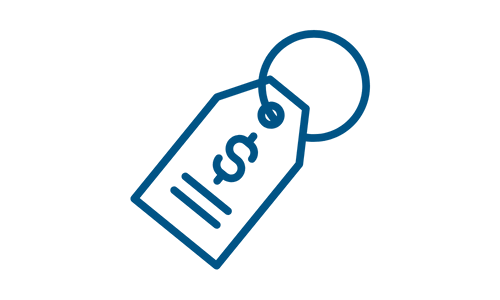The Unseen Trouble with Our Toilet Paper: The PFAS Predicament
When we think about pollution, our bathroom habits aren't usually the first thing that springs to mind. However, a startling new study suggests that we might need to take a closer look at our toilet paper, of all things.
The Hidden Hazard
It turns out that every brand of toilet paper tested in a global study contained PFAS (per- and polyfluoroalkyl substances), also known as "forever chemicals." This isn't just bad news for our personal health; it's a potential disaster for our waterways.
PFAS are notorious for their persistence both in the environment and our bodies, and they are associated with an array of health problems — from cancer to kidney disease. The concern here isn't just about the soil and water. The question of personal exposure, particularly through the skin, is unsettling, especially considering these chemicals' tendency to linger.
A Pathway to Pollution
The study, which spans 21 toilet paper brands from various regions including North America, Europe, and South America, points to our bathrooms as an overlooked conduit of water pollution. Wastewater treatment plants receive the PFAS-laden paper, and the chemicals end up in sewage sludge. This sludge is often repurposed as fertilizer, completing a sinister cycle back to the environment, and sometimes directly into waterways.
The Mystery of Manufacturing
The intriguing (and worrisome) part is that brands using recycled paper were just as contaminated as their non-recycled counterparts. This ubiquity of PFAS suggests an industry-wide issue. While the industry insists that PFAS are not deliberately added to toilet paper, the presence of these compounds could be attributed to their use as lubricants in paper machinery — an unintended but serious consequence of the manufacturing process.
A Widespread Worry
The implications are vast. Americans alone use an astronomical 19 billion pounds of toilet paper annually, and the study found PFAS in both the paper and the wastewater from treatment plants. Pinpointing the exact sources of PFAS is a complex task, thanks to their pervasive use across numerous industries.
Where Do We Go From Here?
The researchers aren't calling for a boycott on toilet paper, but they are highlighting an important aspect of the PFAS problem: its omnipresence. The detection of these chemicals, even in the most mundane of products, raises an alarm about our consumption patterns and industrial processes.
As we pull the next sheet of toilet paper, we're left with a bigger question: What are we willing to change to tackle the issue of PFAS pollution? The problem isn't just with what we flush away but with a society that has allowed "forever chemicals" to become an almost inextricable part of our lives. It's a call to action, urging us to rethink, reevaluate, and react to the PFAS problem that extends far beyond the bathroom.
Your Thoughts
What do you think about the presence of PFAS in everyday products like toilet paper? How should we address this widespread issue? Share your thoughts and join the discussion on this pressing environmental and health concern.
























































